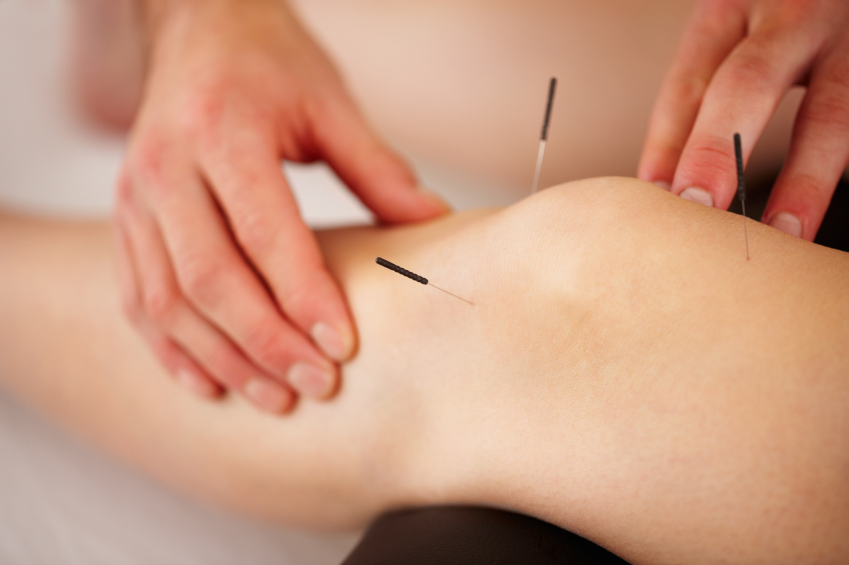A history of massage therapy.
A Form of Massage Emerges in India
Started practicing massage in approximately 3,000 BCE*, possibly earlier
Believed to be of divine origin and passed down orally through generations, Ayurveda is the traditional holistic medical system in India. Ancient seers and natural scientists developed this system based on centuries of studies, experiments and meditations.
Texts detailing Ayurvedic principles and practices were written some time between 1500 and 500 BCE. Based on these texts, Ayurveda was widely adopted throughout India and Southeast Asia.
Ayurveda views that individuals incur illnesses and diseases when they live out of harmony with their environment. To treat their conditions, individuals must restore their natural mental and physical balance by reestablishing harmony between themselves and the world around them. At that point, they can begin to heal naturally.
Based on the patient’s health imbalances, constitution and the time of year, Ayurveda recommends how to use the five senses to interact with the environment in order to create balance. Treatments in Ayurveda include diet and herbalism, aromatherapy, color therapy, sound therapy and touch therapy.
A Hint of the Massage Culture Appears in Egypt and China
Started practicing massage between 3000 and 2500 BCE
The earliest written records of massage therapy were discovered in Egypt and China. Tomb paintings in Egypt depict individuals being kneaded by others. Furthermore, Egyptians are credited with creating reflexology in approximately 2500 BCE. In this system, the practitioner applies pressure to specific points or reflex zones on the feet and hands. In turn, the recipient experiences beneficial effects on the areas of the body that connect to those zones.
In China, texts documenting the medical benefits of massage therapy date back to approximately 2700 BCE. The Chinese tradition of massage therapy was developed from the combined expertise and methods of doctors in traditional Chinese medicine, practitioners of martial arts, Buddhists and Taoists who viewed touch as essential to their spiritual yoga training, and laymen who offered massages for relaxation.
Chinese massage methods originated from the principle that diseases and illnesses arise due to a deficiency or imbalance in the energy in specific pathways or meridians that represent physiological systems. Through massage and other specific bodywork techniques, energy will flow more harmoniously through these pathways, allowing the body to heal itself naturally.
Techniques include Tui Na, amno, acupuncture and acupressure, to name a few. Practitioners may complement massage treatments with herbal remedies, dietary therapy and exercise recommendations.
Monks Bring Massage Therapy to Japan
Started practicing massage in approximately 1000 BCE
Starting around 1000 BCE, Japanese monks studying Buddhism in China observed the healing methods of traditional Chinese medicine, including massage therapy. Japan soon began to import and customize Chinese massage techniques, giving rise to traditional Japanese massage or anma, which grew into Shiatsu.
The primary goal of Shiatsu is to raise the energy level in the patient. In turn, this increased energy level regulates and fortifies the functioning of the organs and stimulates natural resistance to illnesses.
Massage practitioners stimulate pressure points in the body in an effort to rebalance the patient’s energy. They use their thumbs, fingers and palms, working without needles or other instruments. Through treatment, patients can achieve balance in both their physical body and emotional well-being.
Athletes and Philosophers Introduce Massage to Greece
Started practicing massage between 800 and 700 BCE
Derived from the Eastern philosophies and practices, massage progressed into Western civilization in approximately the eighth century BCE.
Athletes in Ancient Greece employed massage to keep their bodies in peak condition prior to competitions. Physicians of the time used herbs and oils in combination with massage techniques to treat many medical conditions. Greek women recognized the benefits of these aromatic oils and used them as beauty treatments on their skin.
In the fifth century BCE, Hippocrates prescribed “friction” to treat physical injuries and instructed his physician colleagues on the benefits of rubbing to help the body heal itself. Moreover, he promoted a combination of massage, proper diet, exercise, rest, fresh air and music to restore the body to a healthy state.
“Do as the Romans Do” – Massage Spreads to Rome
Started practicing massage between 200 and 100 BCE
In Rome, during the first century BCE, Galen, a physician to many emperors, began using massage therapy to treat different types of physical injuries and diseases. Following Hippocrates’ principles, Galen believed in exercise, healthy diet, rest and massage as integral pieces in restoring and maintaining a healthy body.
While the wealthy received massages in their homes by personal physicians, many Romans were treated in public baths where trainers and doctors delivered massages. The recipients would first bathe themselves and then receive a full body massage to stimulate circulation and loosen their joints. Massages typically included oils to benefit the skin.
Highly popular in Roman culture, the public baths eventually earned a reputation as being more about excess and the pursuit of pleasure instead of as an avenue for healing. In the fourth century CE**, the Roman Emperor Constantine condemned the public baths for adding to the abuse of sex in Roman culture.
Europe Recognizes Massage’s Healing Powers
The 17th through 19th centuries CE**
Massage therapy declined in popularity and practice in the West until approximately 1600 CE. Scientific breakthroughs in medical technology and pharmacology were changing the foundation of modern medicine. Manual methods of healing faded from view.
Between 1600 and 1800, numerous physicians and scientists observed and documented the benefits of massage. However, Western techniques made few advances until the 19th century.
In the early 1800s, the Swedish physician Per Henrik Ling developed the Swedish Gymnastic Movement System. This system incorporated massage with medical gymnastics and physiology. Techniques included stroking, pressing and squeezing, and striking to manually treat physical issues.
The United States, Massage and the Wellness Boom
The 20th century through today
Through the early part of the 20th century, an increasing number of new and rediscovered massage techniques were documented and practiced. In particular, massage was used to treat World War I patients who suffered from nerve injury or shell shock.
However, massage remained out of the mainstream as a form of treatment for many years. It was perceived as a luxury reserved for the wealthy. Furthermore, its reputation endured another unsavory period with the advent of massage parlors where the practice became associated with the sex trade.
In the latter half of the 20th century, rising interest in natural healing methods revitalized massage. More and more states started to regulate the practice, and industry standards in licensing and education emerged. As a result, massage earned a place as a legitimate and respectable form of alternative and complementary medicine and because recognized in society’s wellness boom—the focus on disease prevention through maintaining wellness.
Today’s massage therapists practice a multitude of techniques originating from ancient methods. From those roots, they remain inspired by a goal cultivated centuries ago – to help others heal their physical and emotional well-being and experience a higher quality of life.
Sources: Holistic Online, Massage-Wire.com, PlanetHerbs.com, naturalhealers.com.


